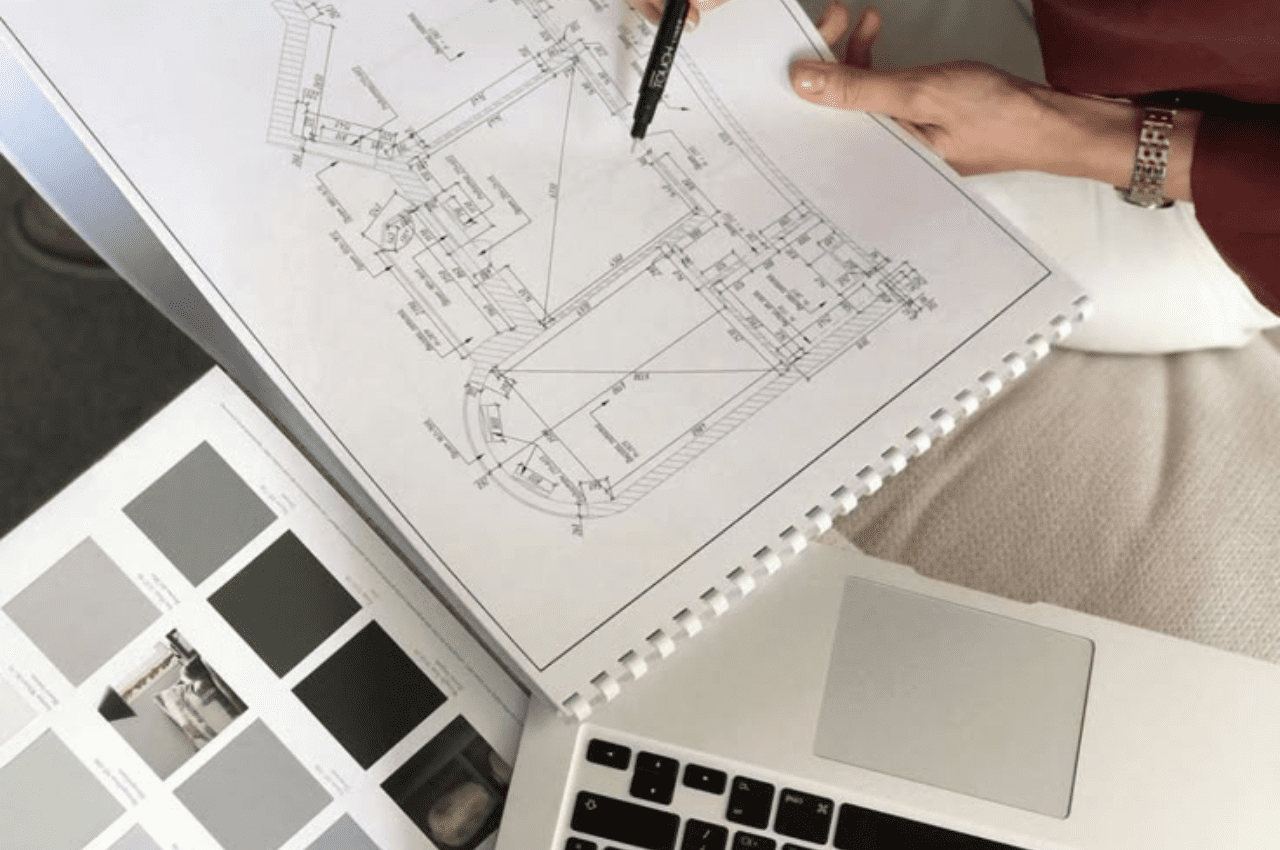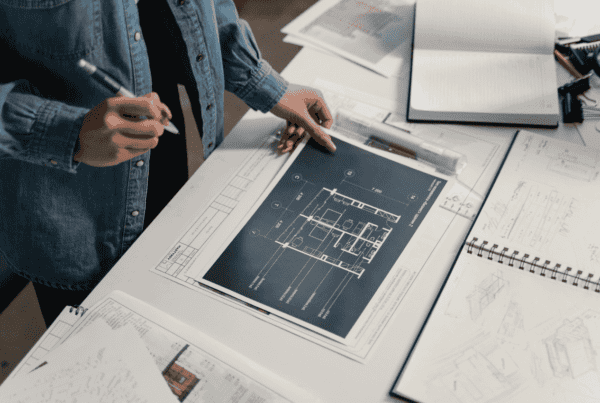Introduction
Malaysia’s urban landscape is a rich tapestry woven from diverse cultural threads, colonial heritage, rapid modernization, and ecological considerations. As cities like Kuala Lumpur, Penang, and Johor Bahru evolve into dynamic urban centers, architecture designers play a crucial role in shaping not only the skyline but also the cultural, social, and environmental fabric of urban Malaysia. These professionals are more than just building creators—they are visionaries tasked with balancing heritage and innovation, functionality and aesthetics, progress and sustainability.
Historical Context and Evolution
To understand the modern role of architecture designers in Malaysia, it is important to trace their roots through the country’s architectural history. Malaysia’s urban design has been influenced by Malay vernacular architecture, British colonial styles, Islamic design elements, and modernist principles. From the wooden Malay kampung houses raised on stilts to the colonial government buildings in Kuala Lumpur and George Town, the past continues to influence the present.
After independence in 1957, Malaysia underwent rapid urban development. Architects were at the forefront of designing government complexes, residential areas, and commercial buildings. The Petronas Twin Towers, completed in 1996 and designed by Argentine architect César Pelli, symbolized Malaysia’s ambition and entry onto the global stage. Since then, local architecture designers have risen in prominence, often blending international trends with local identity.
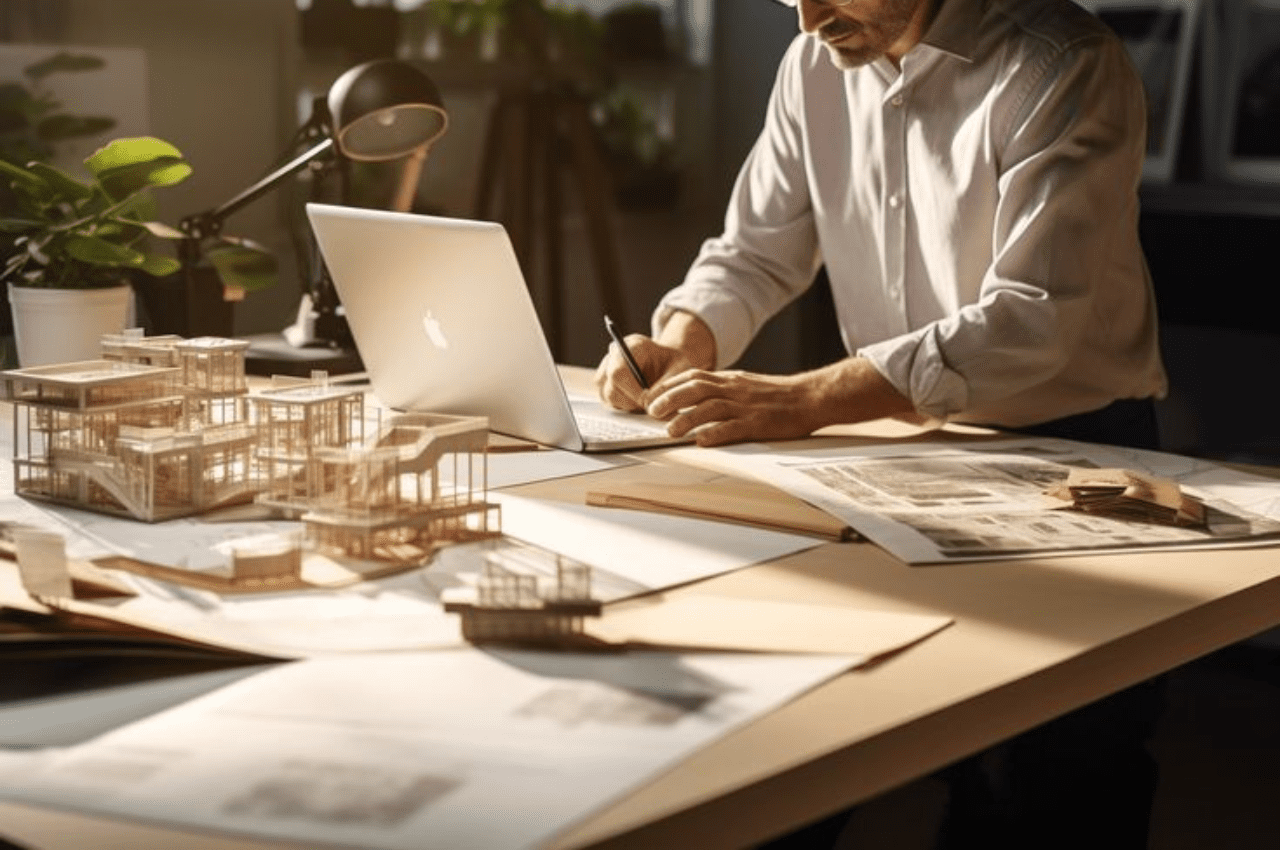
Architects as Urban Strategists
In the context of urban Malaysia, architecture designers serve not only as creators of individual buildings but as strategic planners for entire communities. Their involvement begins at the earliest stages of city planning—deciding where new infrastructure should go, how buildings interact with public spaces, and how urban density should be managed.
In cities like Kuala Lumpur and Putrajaya, designers are tasked with creating liveable, walkable cities that accommodate a growing population without compromising quality of life. They address issues such as traffic congestion, housing shortages, and climate resilience. Good architecture, in this context, is not just about aesthetics—it’s about improving the way people live and interact with their environment.
Balancing Heritage and Modernity
One of the unique challenges faced by Malaysian architecture designers is the need to strike a balance between heritage preservation and contemporary development. Cities such as George Town and Melaka have been designated UNESCO World Heritage Sites, and preserving their architectural charm is a priority.
However, Malaysia’s push for modernization means that urban spaces are constantly being redeveloped. Architecture designers must creatively integrate old and new—restoring colonial shophouses while introducing modern functionality, or designing skyscrapers that complement rather than overpower historical sites. Firms like GDP Architects and VERITAS Design Group have gained recognition for their ability to maintain this delicate balance.
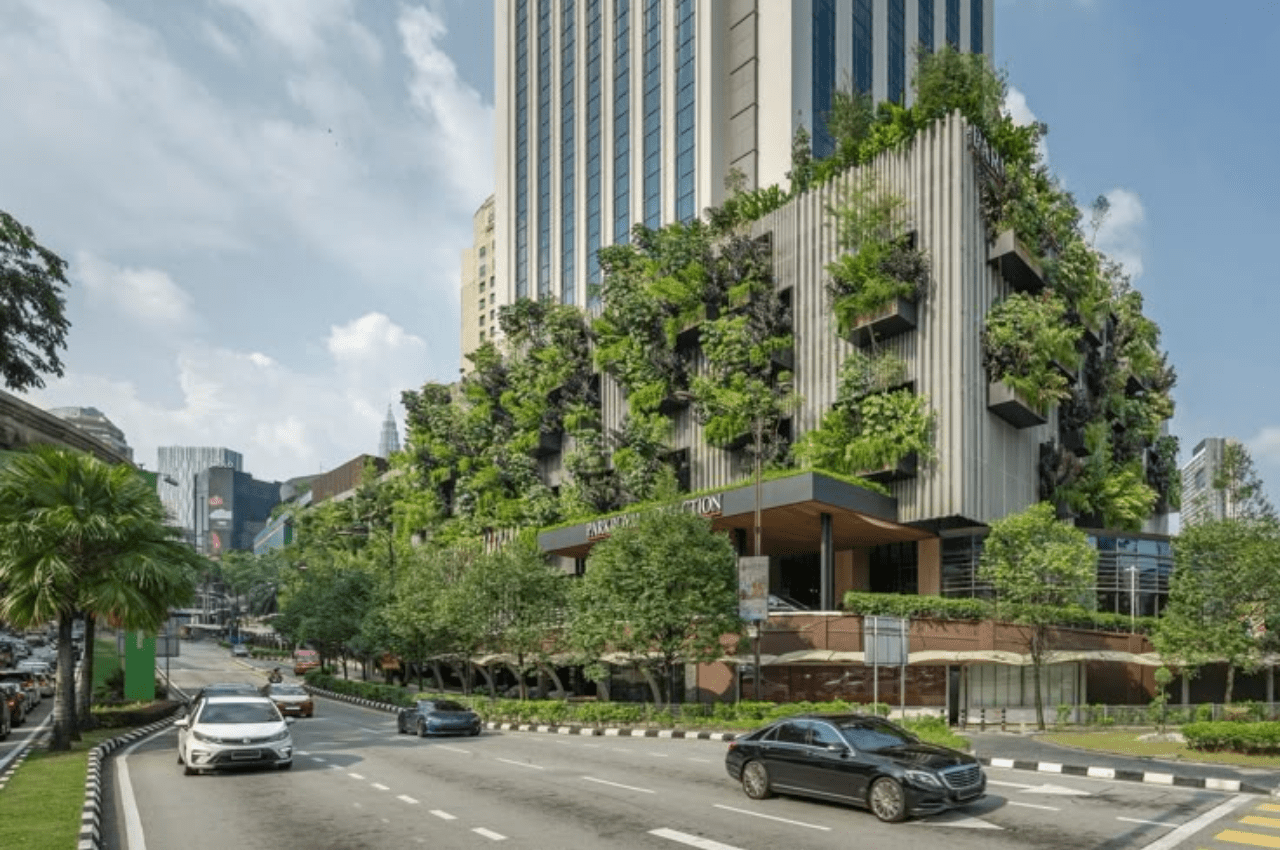
Going Green: Sustainable Architecture in Malaysia
With rising temperatures and climate change risks, sustainability is no longer optional.
Architecture designers are embracing green building techniques to help Malaysia become more eco-friendly. This includes:
- Energy-efficient design (natural lighting and ventilation)
- Solar panels and rainwater harvesting
- Green roofs and urban gardens
- Eco-friendly materials
Buildings like the Diamond Building and PJ Trade Centre are leading the way in sustainable architecture.
Thanks to the Green Building Index (GBI), architects in Malaysia now have a national benchmark for sustainability standards. But it’s not just about buildings—entire townships are designed with green living in mind, such as KL Eco City and Sunway City.
Social Impact and Community Engagement
Beyond physical structures, architecture designers also shape the social dynamics of urban life. The design of public housing, community centers, recreational spaces, and urban parks affects how people interact, feel safe, and enjoy their city.
Designers must consider Malaysia’s multicultural society—Malay, Chinese, Indian, and indigenous groups—ensuring that their work reflects and respects this diversity. For instance, mosques, temples, and churches often coexist in the same urban areas. Architecture designers play a vital role in integrating these religious and cultural landmarks into the broader urban context.
Public consultation and community participation have become more important in recent years. Successful architecture firms now engage with stakeholders—residents, local authorities, business owners—before finalizing their plans. This ensures that urban development meets real needs and fosters a sense of ownership among the public.
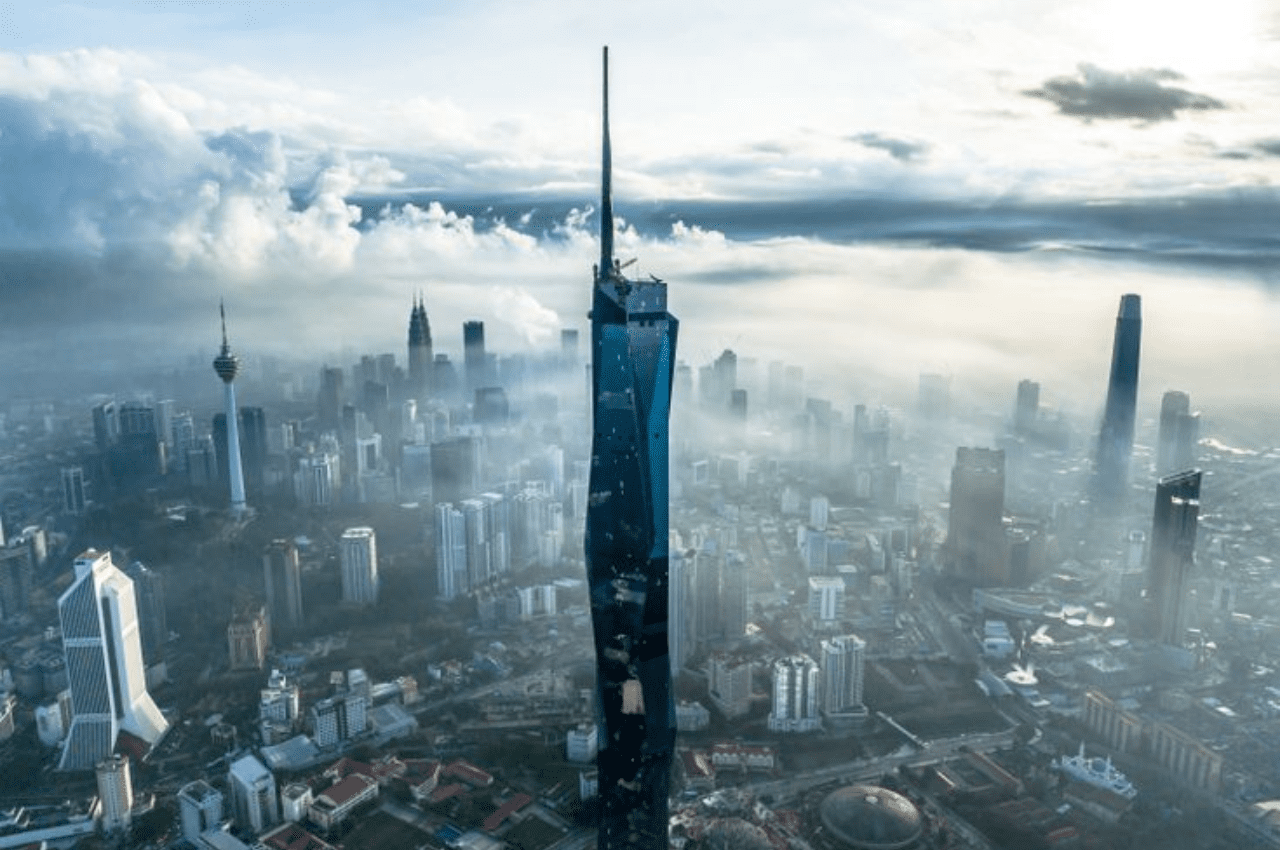
Iconic Urban Projects Shaped by Architects
Several iconic projects illustrate the transformative role of architecture designers in Malaysia:
- Merdeka 118: Designed by Australian firm Fender Katsalidis in collaboration with local architects, Merdeka 118 will be the second tallest building in the world. It symbolizes national pride and integrates public spaces, retail, and green areas.
- Putrajaya: Malaysia’s administrative capital is a master-planned city designed with Islamic architecture, modernist influences, and environmental considerations. Architects played a central role in crafting its identity from scratch.
- The River of Life Project: This urban renewal initiative revitalized the Klang and Gombak riverfronts in Kuala Lumpur. Architects contributed significantly to its design, enhancing walkability and restoring natural beauty in the heart of the city.
Overcoming Challenges in Malaysian Urban Design
It’s not all smooth sailing. Architecture designers face several hurdles:
- Rapid urbanization can lead to poor planning and overdevelopment.
- Regulatory delays can stall creative projects.
- Cost-cutting by developers can force compromises in design quality.
- Climate change continues to demand smarter and more adaptive designs.
The COVID-19 pandemic also introduced new challenges. Suddenly, home layouts, ventilation, and multifunctional spaces became top priorities.
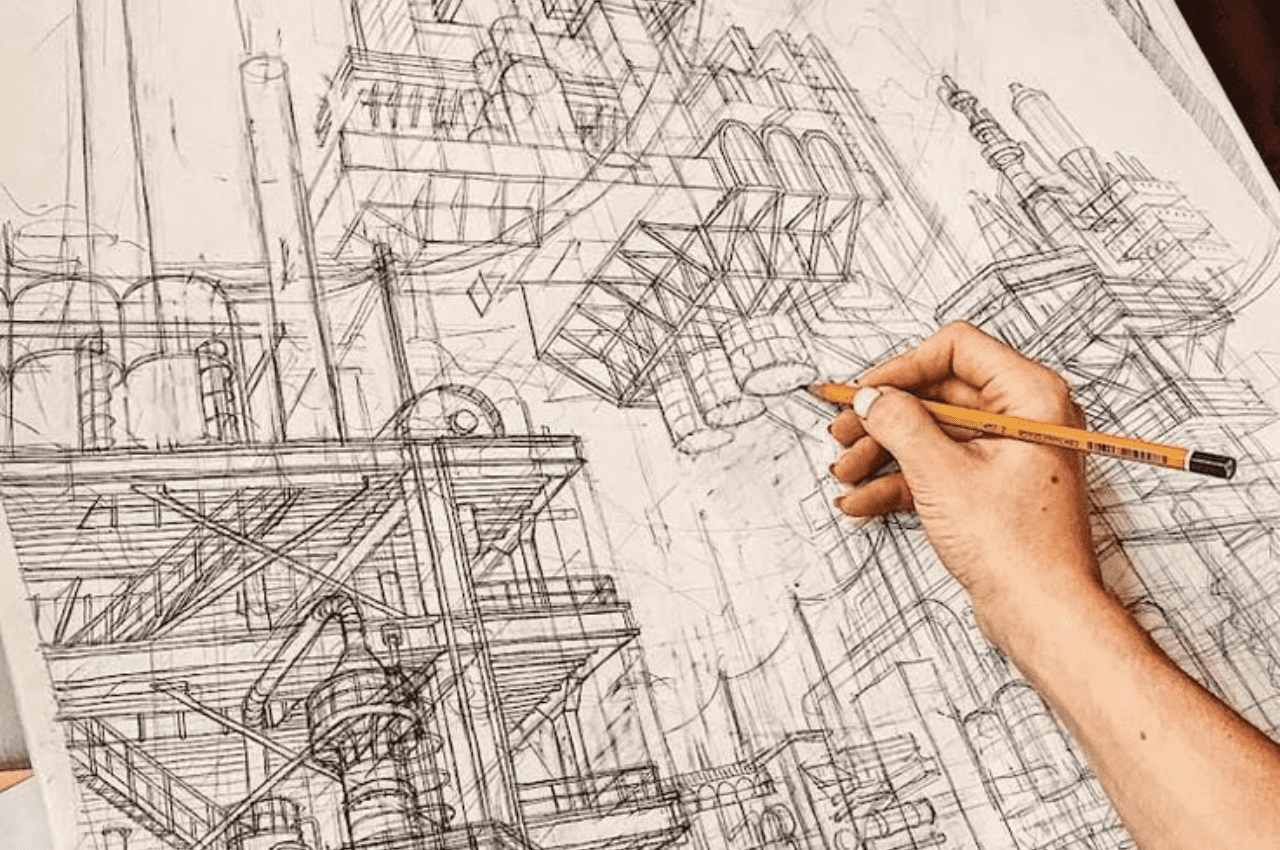
What’s Next: The Future of Architecture in Malaysia
The future is looking exciting. Malaysian architecture designers are now embracing:
- Smart cities and digital design tools
- Artificial Intelligence (AI) and data-driven planning
- Modular and prefabricated construction
- Resilient urban planning for climate adaptation
Young Malaysian architects are stepping up with bold ideas and global experience. Many are championing sustainability, inclusivity, and human-centric design—moving away from just “big and flashy” to “thoughtful and future-proof.”
Educational institutions are also evolving. More architecture students are learning to collaborate with urban planners, engineers, and environmental scientists—because the cities of tomorrow need cross-disciplinary thinking.
Conclusion
Architecture designers are the unsung heroes of Malaysia’s urban landscape. They are not just creators of buildings, but architects of social progress, cultural preservation, and environmental stewardship. As Malaysia continues to urbanize, the role of these professionals will only grow in importance.
Whether it’s through preserving heritage, designing sustainable spaces, or enhancing community wellbeing, architecture designers are vital to building cities that are not only functional and beautiful but also equitable and resilient. The future of Malaysia’s urban identity rests in its capable and creative hands.


